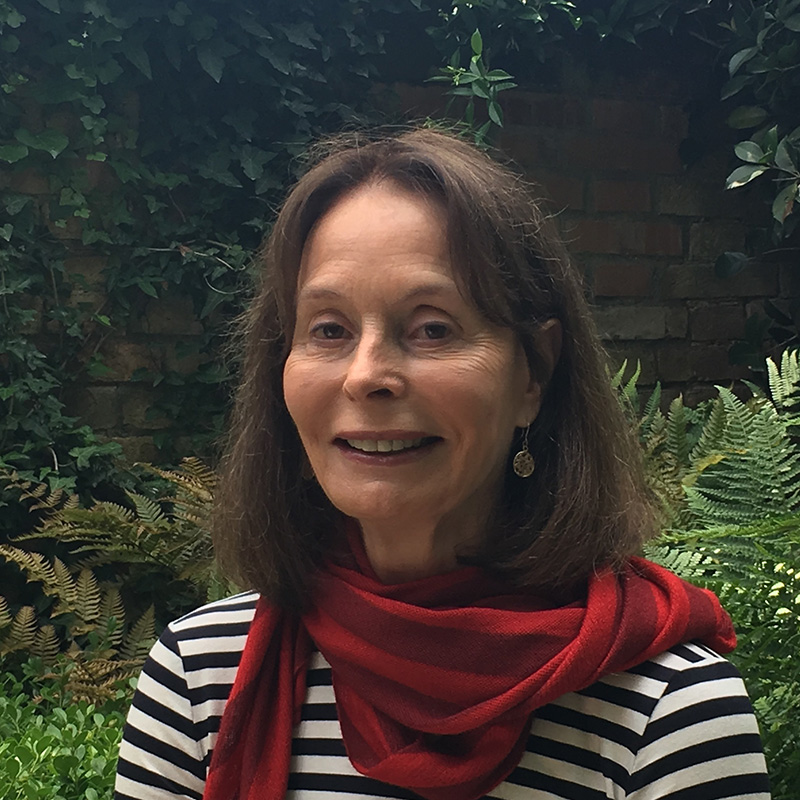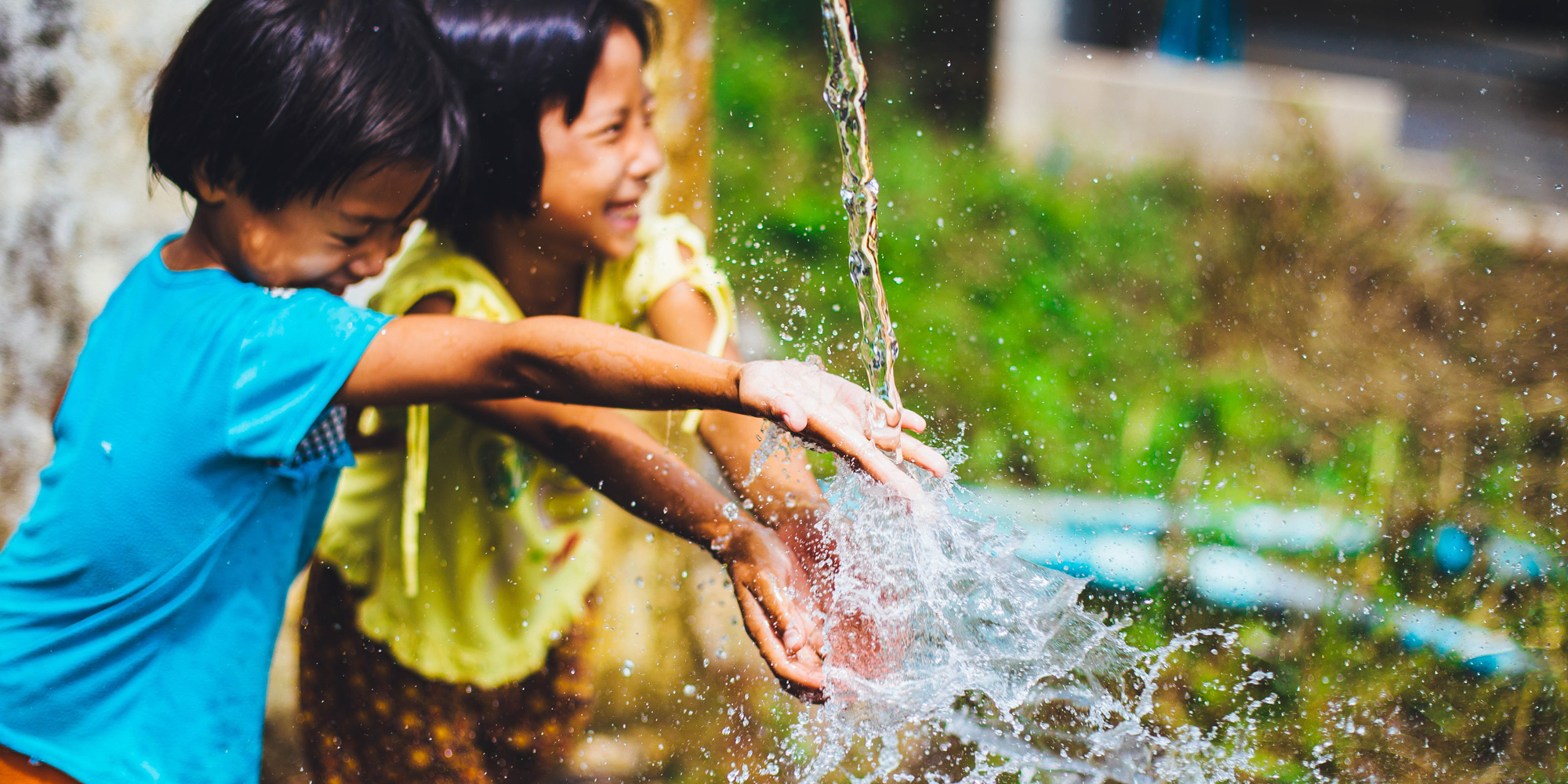Frederica Perera, founder of the Columbia Center for Children’s Environmental Health, didn’t write Children’s Health and the Perils of Climate Change for her fellow scientists. As she remarked in conversation with Lola Adedokun, executive director of the Aspen Global Innovators Group at the Aspen Institute, she intended it to be “a wake-up call and a call to action for parents and grandparents, pediatricians and other health care providers, as well as government leaders.”
According to Joe Waters, co-founder and CEO of Capita, “Dr. Perera’s work helps us to see more clearly that dangerous planetary change is the most pressing global threat there is to healthy human development in the earliest years of life. Mitigating climate change, adapting to its unavoidable impacts, and building the resilience of societies by building the resilience of our young children is the human development challenge of this century.”
I reviewed her new book and spoke to Dr. Perera about her work, the dire challenges ahead and her reasons for cautious optimism.
What makes children more susceptible to air pollution and climate change?

Both factors are dangerous, and together, even more so. Take for example, mothers exposed to heat and air pollution during pregnancy. Their babies have a much higher risk of being born too soon. The same synergistic effect can be seen with asthma hospitalizations. We’ve just started to learn about the ways that these two fossil fuel-derived threats combine to increase risk.
We’re seeing 50 million children forced from their homes due to climate-related events. That’s three times more than from armed conflicts and violence. Think of the disastrous floods in Pakistan last year that displaced nearly 8 million people.
Children are not just little adults. There are many biological reasons for their vulnerability. It’s why we need to protect their development, from the time they’re in utero through their early years and even into adolescence.
What do you wish more people understood about the crisis we face?
Children bear the brunt of the damage but lack the economic and political levers to force action, and not enough adults have been advocating for them. It should be shocking that the United States never ratified the Convention of the Rights of the Child. Other countries have formally recognized the fundamental rights of children to demand that their governments reduce greenhouse gas emissions.
How has your personal journey shaped your climate awareness?
As a child, I was always interested in the environment because I had the opportunity to live in different ecosystems. I started off in the suburbs and then moved to a farm in Vermont, where I realized how very dependent we were on natural systems and how interconnected we are, which I think many urban children don’t know. They don’t have access to nature in the way that I would hope they would.
As a researcher, I started off looking at a class of environmental carcinogens that come from fossil fuel burning, generally called polycyclic aromatic hydrocarbons (PAH). We identified DNA damage from these pollutants as a risk marker for cancer. And to my surprise and dismay, we were seeing the same DNA damage in newborns and young children. And I thought, well, this is really something we need to look at, in terms of health effects in children, not just cancer but other effects. In our research over the years we have shown that prenatal PAH exposure is harmful to the developing brain and other organs.
👉 Polycyclic Aromatic Hydrocarbons Factsheet (Centers for Disease Control and Prevention)
What actions do you recommend for parents, educators and advocates?
First, we all need to be armed with the facts, because there’s quite a lot of confusion and misinformation. But 99% of scientists will agree with the data in my book. We can use these facts and narratives in the book to educate and engage others.
Second, we can take action both as citizens and voters to make sure that we’re represented by people who understand the science and take this problem seriously and will act to protect the most vulnerable. And when I say most ‘vulnerable,’ I’m referring to children as a group, but also to children in communities of color who are even more vulnerable because they don’t have the same supports that more privileged children have against these threats. They live in ‘urban heat islands’ or coastal areas most vulnerable to flooding and storms.
Third, we can lead by example. In the home, we can do a lot to conserve energy. Not so much heat in the winter, not so much air-conditioning in the summer. Install solar panels on your own roof or convince your landlord if necessary. It’s been found that if homeowners start putting solar panels on their roofs, then others in their neighborhood will follow. The same goes for things like using mass transit instead of driving cars. We can shift to diets that are less climate intensive. I’m thinking of plant-based meals and avoiding waste. We now waste 30% of the food that is raised. That’s pretty shocking, isn’t it? Neighborhood gardens are a wonderful way to reduce the carbon footprint.
The heavy lift does have to be done by government. We need strong international action. As adults, we can support those initiatives and make sure that we have the right representation.
What gives you hope?
We achieve a lot when we reduce and eventually eliminate our dependence on fossil fuel. The Regional Greenhouse Gas Initiative is an encouraging example of policymaking, in this case removing coal-burning electricity generating units from 12 eastern states, replacing them with cleaner fuel. The result was much cleaner air and improved child health. You can see other examples internationally in London, in Copenhagen and even in China, with the shutdown of a single coal plant. Hopefully we’ll see more good news stories as results from the Inflation Reduction Act and the Infrastructure Investment and Jobs Act.
Groups like Fridays for Future, Extinction Rebellion and Zero Hour have been tremendously effective. The Juliana case is an example of an attempt of young people to force the government to take action on climate change. I joined several other authors on a paper that supported their demands in terms of the science on the harmful effects of climate change on the young.
👉 Read more about Juliana v. US
My book’s chapter on power and voice was one of the most fun to write because I was able to talk about the youth but also the fearless grandmothers who have joined them. Religious leaders of various denominations have come on board and basically are saying we must be stewards, we must protect the most vulnerable and we must act.
I have retained optimism. I refuse to believe that we will not be able to take the action we need to avoid the worst catastrophe. At least our children will have a chance of a future that will be viable for them. And so I’m not giving up.

Mark Swartz
Mark Swartz writes about efforts to improve early care and education as well as developments in the U.S. care economy. He lives in Maryland.



